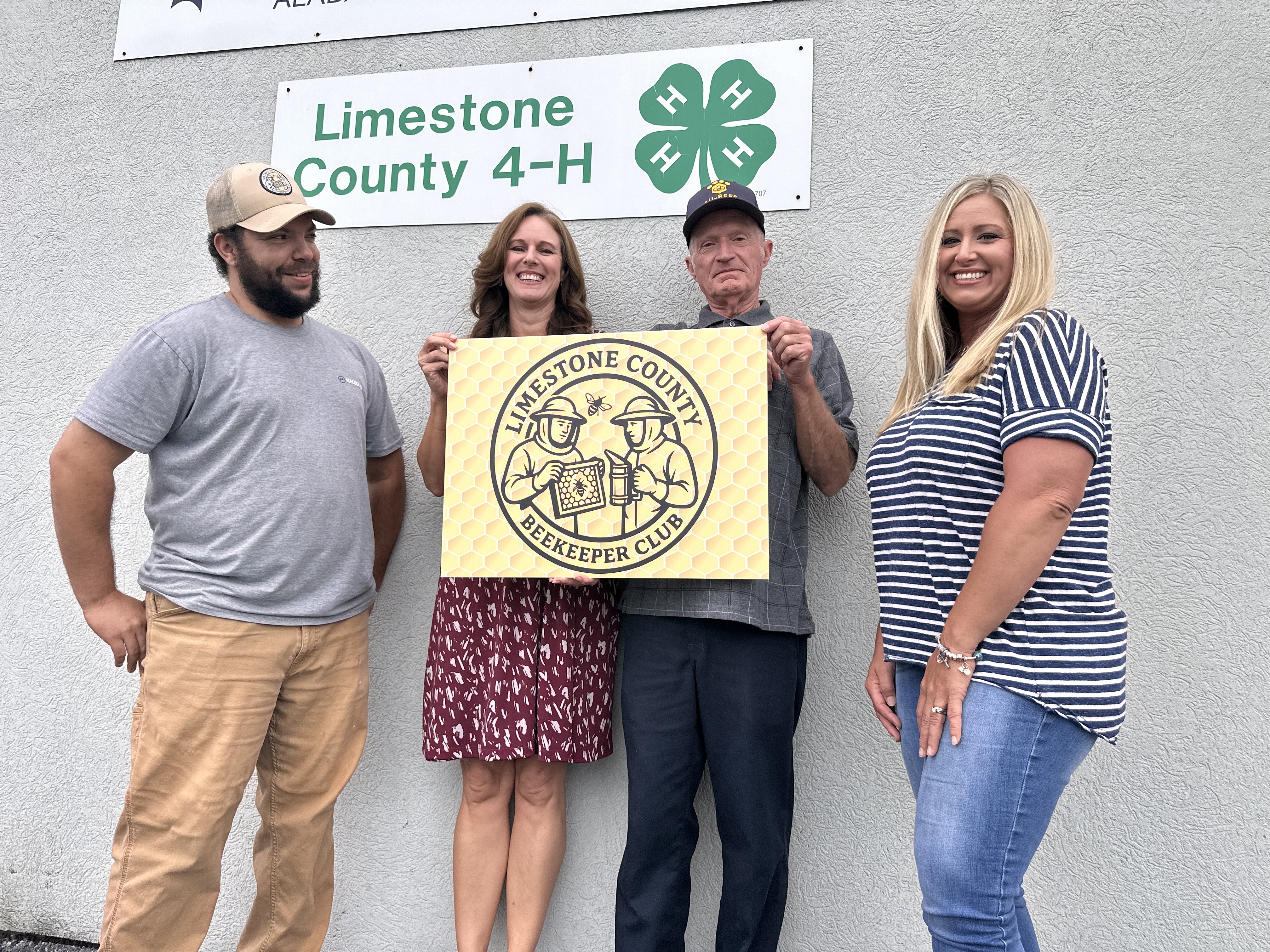State reviewing possible Native American artifacts at construction site
Published 6:00 pm Saturday, February 22, 2020

- Dollar sign icon
HUNTSVILLE, Ala. (AP) — Alabama’s preservation agency is investigating whether pottery shards, bone fragments and spearheads found near where a subdivision is being built might be evidence of an ancient settlement.
Al.com reported that the Alabama Historical Commission is reviewing reports of nearby residents and an Army archaeologist who raised concerns about items found near a development called Flint Crossing, located in Huntsville near the Flint River.
Jeff Benton Homes began building the subdivision last year, but nearby residents reported finding items that could be linked to a onetime Indian settlement in and around the site. They contacted Ben Hoksbergen, post archaeologist at the U.S. Army’s Redstone Arsenal, who said he informed the developer and the city about the finds in mid-2019.
Jeff Benton, owner of Jeff Benton Homes, said in an email the company had no prior knowledge of “significant artifacts” or human burials on the site.
“Prior to development, we engaged a local geotechnical engineering firm to do a site evaluation on this property,” Benton said. “They reported no significant historical/archaeological features on the property.”
But Hoksbergen said he found an assessment conducted by a private archaeological firm in 2010 that showed significant evidence of a Native American village at the site from roughly 500-900 AD. People who live near the site have sent him photos of what appeared to be bones, he said.
Some bones found at the site were most likely those of deer, Hoksbergen said, but some appeared to be fragments of a human leg bone, skull and teeth.
Hoksbergen said he informed the developer and the city the construction may violate laws protecting human burial or historic sites but construction continued. He also told the Alabama Historical Commission, which is conducting a review.
The Alabama Historical Commission said it couldn’t comment on an active investigation, but law requires that construction stop if human remains are found at a site.
Hoksbergen said an assessment of the site conducted a decade ago by Tennessee Valley Archaeological Research found a large number of artifacts.
“Normally when we find five artifacts or more, we consider it high density and potentially National Register eligible,” Hoksbergen said. “TVAR, some of their shovel tests had well over 100 artifacts in each test. So that’s extraordinary, especially in an upland area like this.”





